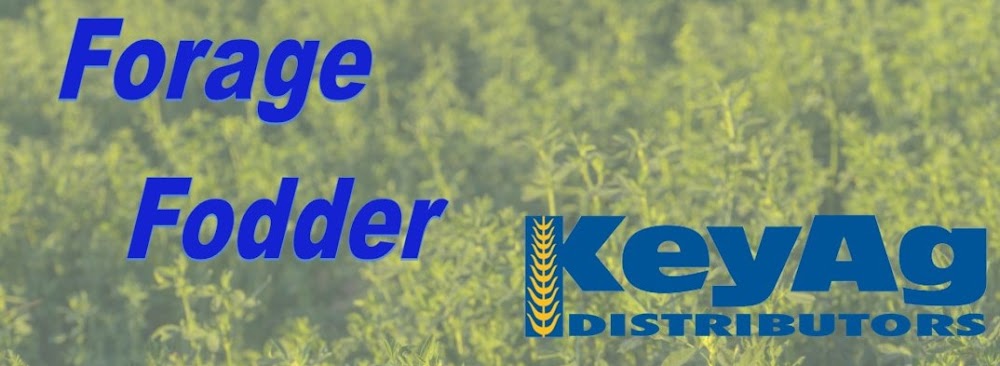Colorado—In the Feb. 1 report, compared to last report, trade activity light on moderate demand. Retail and stable hay sold mostly steady with a couple of instances of 0.50 cents/bale lower.
Missouri—In the Feb. 1 report, compared to last report, the supply of hay is light to moderate, demand is moderate, and prices mostly steady. Recent moisture in the state has led to a lot of mud in much of the state as temperatures have been above average the last week. Although there has been some difficulty due to the mud for the most part trucking is back to normal, and a fair amount of hay is moving once again.
Nebraska—In the Feb. 1 report, compared to last report, alfalfa and grass hay sold steady. Ground and delivered hay and alfalfa pellets steady. Demand was mostly light to instances moderate on round and large squares with good demand for small square bales. Ho-hum on the hay market this month. Not really a lot of interest from prospective buyers as of now. Many sellers thought the snow would make a difference and buyers would be knocking the door down for a load of hay. That hasn’t been the case this year.
Oklahoma—In the Feb. 2 report, compared to the last report, demand still remains low. Even with the overall total hay bought and sold was up a little, with most producers reporting that they are still not trading much hay, with most trades being to previous clients. Prices are still holding strong to good quality hay. Next report will be released Feb. 16.
Texas—In the Jan. 26 report, compared to the last report, hay prices are mostly steady. Trading activity was moderate to active on moderate to good buyer demand. Colder than average temperatures accompanied by rain and snow across the state the previous two weeks have increased hay demand as livestock producers were stocking up to feed over the cold snap. However, temperatures have warmed back up this week, closer to seasonal averages, so demand has slowed some from the past two weeks. Long-term outlooks for moisture are not as promising. Next report will be released Feb. 9.
South Dakota—In the Feb. 2 report, compared to last report, alfalfa hay steady to weak. Moderate demand for dairy quality alfalfa as low milk prices are pressuring margins for dairy operators causing them to cut cost where they can. Good demand for grass hay and for corn stalks. Much above normal temperatures this week, in the 40s and 50s, helping to melt any snow pack there still was. The warm weather is forecasted to persist for another week, which is greatly reducing the need for supplemental feeding.
New Mexico—In the Nov. 24, 2023 report, compared to last report, alfalfa hay steady. Trade active, demand good. The the state is 73% complete with fifth cutting, 54% with sixth cutting. Most parts of the state are wrapping up harvest for the season. According to New Mexico Crop Progress report as of Nov. 12, 2023. Hay and roughage supplies improved slightly from the previous week but remained in worse condition than prior years. Hay and roughage supplies were observed to be 25% very short, 42% short, 30% adequate, and 3% surplus. At 14% very short, 37% short, 45% adequate, and 4% surplus, stock water supplies were on par with the 5-year average. This is the last report for the season, reports will resume in spring 2024.
Wyoming—In the Feb. 1 report, compared to last report, hay sold steady on a thin test. Demand was light. Most contacts still have ample tons of hay sitting in hay sheds, tarped or outside waiting for someone to call and purchase their inventory. Some locals continue to purchase some hay on a weekly basis. With the sell off beef cows across the state the last couple of years has taken many mouths off the winter feeding needs so cattlemen haven’t needed much hay to buy. Every year has been different and this one is rather odd in the limited hay that has been sold from the 2023 hay crop.
Montana—In the Feb. 2 report, compared to last report, hay sold steady to $5 higher. Hay sales were light to moderate this week. Drought concerns are starting to weigh on some ranchers as some are buying hay as a precaution. Most producers reported a sharp uptick in calls and quotes for hay this week. This was accompanied with some buying seen especially in western Montana where dry conditions are more prevalent. Canada re-entered the market this week with several sales sold on back hauls. Demand for dairy quality hay is good as many dairies are finding high test hay difficult to find. Much of the hay this week was sold at around $1 per RFV point. Rancher to rancher sales have slowed as many have decided to keep hay instead of selling. The best demand for feeder quality (utility and fair) hay at around $150/ton delivered. Many producers seem content with having some carry over hay as drought conditions continue to expand. Demand for straw is light as heavy straw supplies continue to be seen especially in the northern portion of the state. Asking prices for straw are running $40-$50/ton for many producers, however limited movement has been seen.


No comments:
Post a Comment